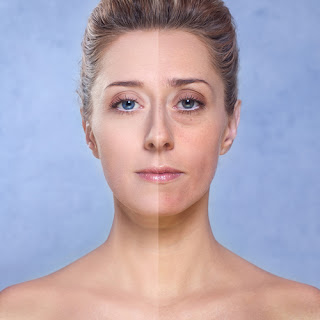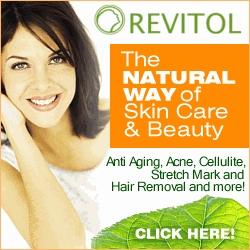The eyes function kind of like a complex camera. They snap a picture of whatever is in the field of vision and send that image to the brain. Just like a camera, the lens regulates the focus. By definition, focus means the point rays of light converge. In human optic terms, focus defines the way light refracts to hit the retina. It is a combination of factors that allow you to focus on what you want to see. Understanding how the eye works is a valuable asset when considering whether LASIK surgery is right for you.
Eye Basics
The eye is a hollow globe composed of several critical elements. The part that makes you a brown-eyed girl or a blue-eyed boy is the iris. In the center of the iris is a black dot, or pupil, that opens up to the inner chamber in the globe. The white part is the sclera, and in front sits a clear, fragile skin known as the cornea.
Included in the globe is a gel-like substance, the vitreous body, that gives the ball its shape. The back wall is where you find all the sensitive building blocks that make up the retina. Directly behind the pupil rests a transparent, biconvex lens that is a major component in the light refraction necessary to focus your vision.
Light Refraction
Refraction is a vital term to understand when considering eye focus. Refraction is essentially the bending of rays. When light passes through a medium, like a lens for example, it changes direction. The shift alters the wavelength of the beam. It is the job of the lens to refract light to focus on the retina.
If the lens were a solid piece with no flexibility or mobility, your vision would be limited to a specific distance. The lens changes shape to allow you to shift your focus when looking at something. By altering shape, the lens adjusts to the focal distance.
Focal Distance
The lens of a camera moves back and forth to focus a picture. This is to accommodate the bending of the light rays. Technically, the closer a lens is to the object within the field of vision, the more powerfully it bends the light. When the lens moves farther away, it loses some optical power. The same principle applies to the lens in the eye. The closer you are to an object, the clearer it appears.
The eye lens does not have the space to move back and forth in the globe. Instead, it changes shape to adapt to the focal distance.
Focus
The methodology behind focusing is similar to the technique used to project a movie. A stream of light passes through the lens of the projector. The lens changes to focus that light on a screen to show an image. When you are in a movie theater, the light passes through film into the lens. The lens moves forward or backward to focus the beam onto a white screen. The image of the film transfers with the light onto the screen.
The human eye works the same way, just in reverse. Light passes through the cornea into the pupil. Once it enters the globe, it moves through the lens and an image projects onto the retina.
Changing the shape, or curvature, of the lens requires a powerful muscle – the ciliary muscle – plus a fibrous ring of tissue, the zonule of Zinn, which suspends the lens in place. It is a combined effort of both the ciliary muscle and the zonule fibers that shape the lens.
What Happens When You Focus?
When you are looking at something that sits close, the ciliary muscle contracts, the zonule fibers relax and the lens thickens. Accommodation for greater focal distances works in reverse. The ciliary muscle relaxes causing the zonule fibers to tense to pull the lens flat and thin it out.
Transparency
In order for light to pass through the lens, it must remain transparent. When the lens thickens, it must maintain proper index of refraction while still retaining clarity. This is done via crystallins, water-soluble proteins that are packed into the lens fibers. Crystallins are what keep the lens clear regardless of the density.
Cornea
The other component that is critical to focusing vision is the cornea. When light hits the cornea, it bends to enter the pupil and then bends further as it passes through the lens to focus the image onto the retina. The cornea must have perfect spherical shape in order to refract the light properly. If it is misshapen, light bends wrong and the image ends up fuzzy.
The eyes ability to properly refract light and focus an image onto the retina is the basis for vision. When something is off even slightly in the process, people wear corrective lenses or get LASIK surgery to fix the error.
20/20 Institute is the leader in vision correction in the Denver-Metro area. Call for a free consultation if you want to know if you qualify for the best Denver LASIK.















